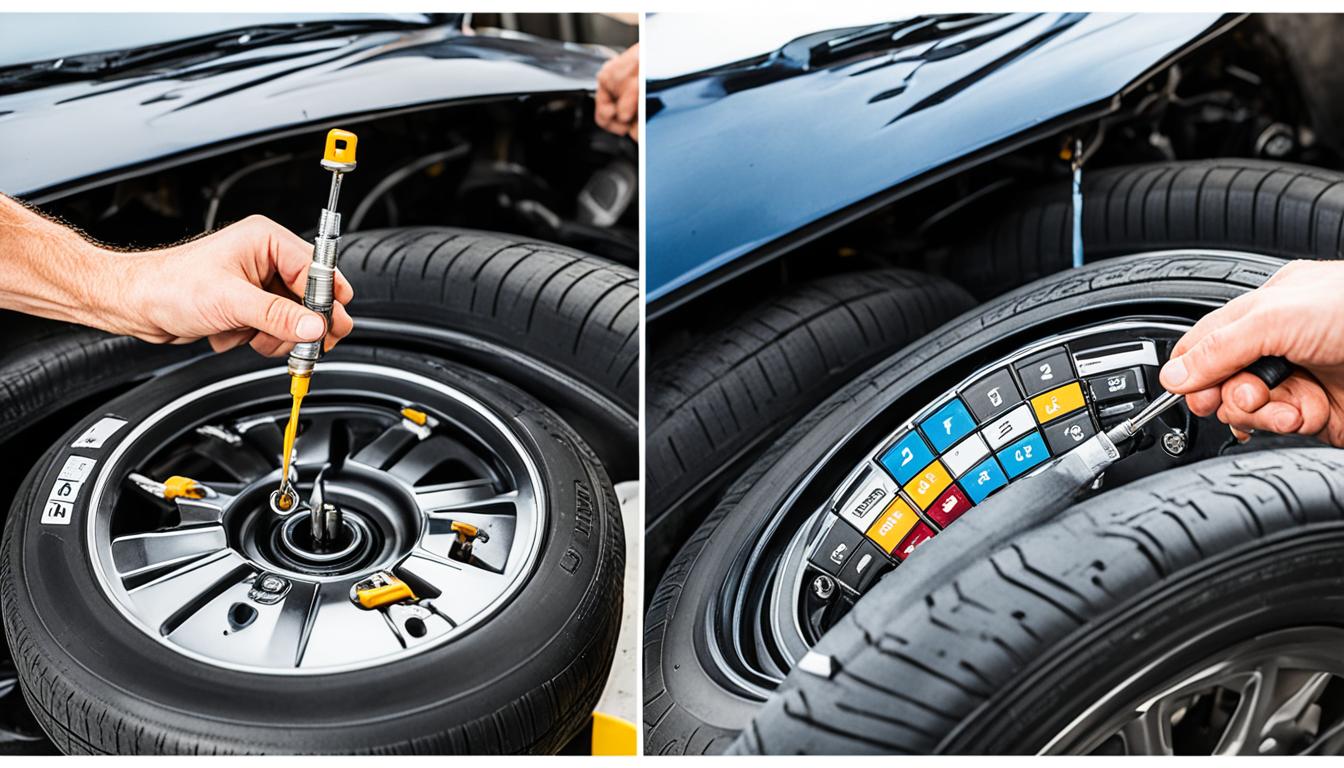All Categories
Featured

The check engine light (CEL) is just one of the most vital caution systems in your car, yet it often creates complication or worry for lots of chauffeurs. Recognizing what this light stands for and exactly how to manage it can save you time, money, and unnecessary tension. This overview supplies a review of what triggers the CEL, its possible implications, and the actions you must take when it brighten.
What Does the Inspect Engine Light Indicate? The CEL is component of your automobile's onboard diagnostics system (OBD), which keeps track of engine efficiency and emissions. It lights up when the system finds a concern that requires your attention.
Solid Light: Signals a non-urgent trouble but one that must be resolved quickly, such as a sensor malfunction or emissions-related problem. Flashing Light: Shows an important issue like an engine misfire. Driving in this problem can cause extreme damage, so prompt action is necessary. Typical Sources Of the Inspect Engine Light. The CEL can light up for a variety of reasons, some small and others a lot more serious. Below are a few of one of the most constant causes:

Loosened or Damaged Gas Cap:
A loosened gas cap can endanger the gas system, setting off the CEL. When the light comes on, checking and tightening the cap is a simple initial action. Faulty Oxygen Sensing Unit:
This sensing unit keeps an eye on the air-to-fuel ratio in your engine. A breakdown can reduce gas effectiveness and boost discharges. Malfunctioning Catalytic Converter:
The catalytic converter helps in reducing unsafe exhaust discharges. Disregarding various other engine issues, like misfires, can bring about catalytic converter damage. Ignition System or Ignition Coil Issues:
These parts are vital for starting and running your engine smoothly. Routine upkeep can stop wear and failure. Mass Air Movement Sensing Unit Troubles:
This sensing unit gauges the amount of air getting in the engine to make certain optimum efficiency. A dirty or defective sensing unit can decrease performance and power. When the Check Engine Light Comes On, steps to Take. Check the Gas Cap:
Tighten the cap and see if the light switches off after driving a couple of miles. Observe the Lorry's Behavior:
Note any type of unusual symptoms like rough idling, decreased power, or unusual sounds. Check the Codes:
Make use of an OBD-II scanner to recover difficulty codes kept in your cars and truck's computer system. Lots of car components stores provide this solution totally free. Check Out an Auto Mechanic:

If the light stays on or is flashing, take your vehicle to a professional for a detailed medical diagnosis. Stopping Examine Engine Light Issues. Proactive maintenance is the very best way to stay clear of CEL problems. Adhere to these ideas:
Stay With a Regular Upkeep Schedule: Modification your oil, replace filters, and check stimulate connects promptly. Inspect the Gas Cap: Replace damaged caps to stop leakages in the gas system. Use High Quality Gas: Poor-quality gasoline can contribute to sensing unit and exhausts concerns. Why Prompt Activity Matters. Ignoring the CEL can bring about much more severe troubles, such as engine damages or pricey repair work. A small concern like a loosened gas cap can grow out of control right into a significant expenditure if overlooked.
Final thought. The check engine light is an important device for maintaining your lorry's health and wellness. By recognizing its objective and responding quickly, you can prevent unnecessary repairs and keep your car running efficiently. The following time the CEL begins, remember to remain calm, inspect the essentials, and consult a specialist if required.
Latest Posts
Find Out Reduce Expenses on Car Maintenance with Montclare Auto Repair’s Limited-Time Deals
Published May 31, 25
1 min read
Explore Special Auto Repair Deals in Chicago at Montclare Auto Repair
Published May 30, 25
1 min read
Discover the Premier Auto Repair Offers in Montclare, Chicago
Published May 25, 25
1 min read
More
Latest Posts
Find Out Reduce Expenses on Car Maintenance with Montclare Auto Repair’s Limited-Time Deals
Published May 31, 25
1 min read
Explore Special Auto Repair Deals in Chicago at Montclare Auto Repair
Published May 30, 25
1 min read
Discover the Premier Auto Repair Offers in Montclare, Chicago
Published May 25, 25
1 min read